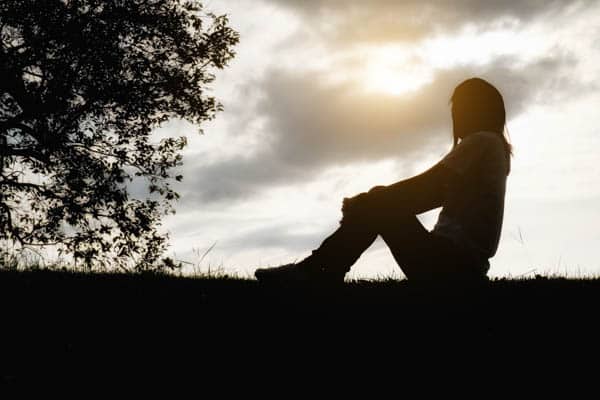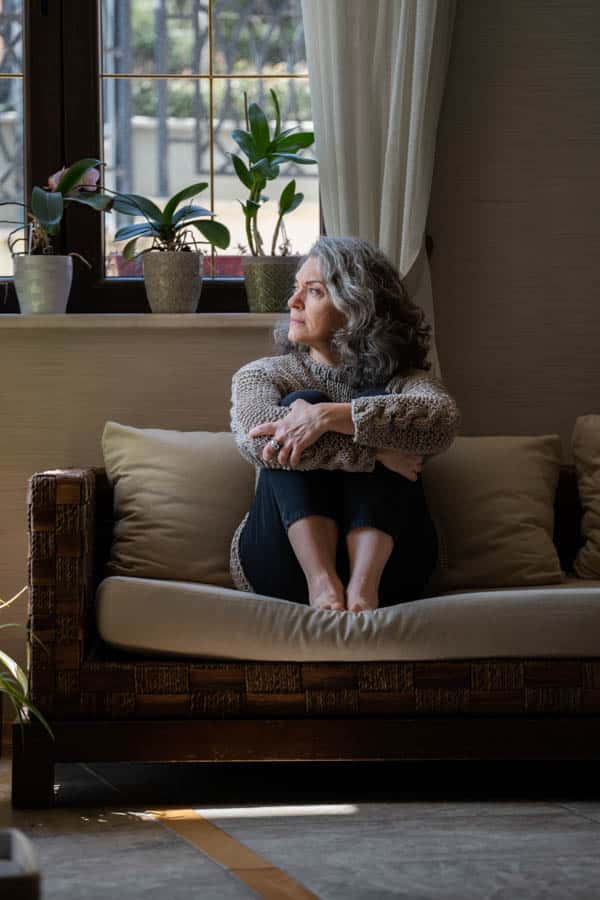In the vast spectrum of human emotions, sadness often occupies a quiet corner, veiled behind smiles and casual conversations. Unlike its louder counterparts like anger or joy, sadness can be elusive, manifesting in subtle cues that are easy to overlook. Someone can experience sadness for years and not be aware of it. Sadness plays an essential yet negative role in creating and maintaining conflict with loved ones, it keeps the person isolated, uninterested, critical of others, and irritable. Understanding these subtle signs is crucial for nurturing emotional well-being and fostering genuine connections with ourselves and others. Here are some signs to look out for:
The Quiet Symphony of Sadness
Sadness doesn’t always announce its presence with tears or dramatic gestures. Instead, it orchestrates a symphony of nuanced expressions that whisper rather than shout. It might linger in the downturn of lips, the softening of gaze, or the slight hesitation in speech. These subtle shifts in demeanor are like gentle ripples on the surface of a pond, hinting at deeper currents of emotion swirling beneath.
The Language of Body and Behavior
Our bodies are eloquent storytellers, conveying emotions through posture, gestures, and habits. In moments of sadness, we might notice a subtle slumping of shoulders, a lack of energy in our movements, or a tendency to withdraw into ourselves. Everyday behaviors may also betray our inner state; perhaps we find solace in solitude more often, or we lose interest in activities that once brought us joy. Paying attention to these subtle changes can offer valuable insights into our emotional landscape.

The Silence Within
Silence can be a powerful companion to sadness, enveloping us in a cocoon of introspection. In moments of quietude, we may find ourselves lost in thought, reflecting on past experiences or grappling with unspoken emotions. It’s in these moments of stillness that sadness often speaks loudest, urging us to acknowledge and honor the depth of our feelings.
The Mask of Smiles
One of the paradoxes of sadness is its ability to coexist with seemingly contradictory emotions. We may plaster on a smile for the world to see, even as sadness tugs at the corners of our hearts. This facade can be both a shield and a burden, allowing us to navigate social interactions while concealing our inner turmoil. Yet, behind the mask lies a poignant reminder of the complexity of human emotions and the resilience required to navigate them.

The Importance of Listening
In a world that often prizes productivity and positivity, it can be easy to overlook the quiet whispers of sadness. Yet, to truly embrace our humanity, we must learn to listen—to ourselves and to others. By attuning ourselves to the subtle signs of sadness, we create space for empathy, compassion, and genuine connection. Whether offering a comforting presence or extending a listening ear, small gestures of kindness can make a world of difference to someone navigating the depths of sadness.

Embracing Our Emotional Landscape
Sadness, like all emotions, is an integral part of the human experience. Rather than shying away from it, we can learn to embrace it as a teacher, guiding us toward greater understanding and self-awareness. By honoring the subtle signs of sadness within ourselves and others, we pave the way for deeper connections and a more authentic expression of our humanity.
In the quiet corners of our hearts, sadness weaves its intricate tapestry, inviting us to explore the depths of our emotional landscape. Let us embrace the subtle signs, for they carry the wisdom of our shared humanity and the promise of healing and growth.

Dr. Yaro Garcia
Hello, I am Dr. Garcia, please call me Yaro. My degrees are in clinical psychology and I am a licensed mental health counselor. My approach is caring, warm, safe, non-judgmental, and straight forward. It is a difficult decision to seek therapy, I take time to build a trusting therapeutic relationship with you…
















